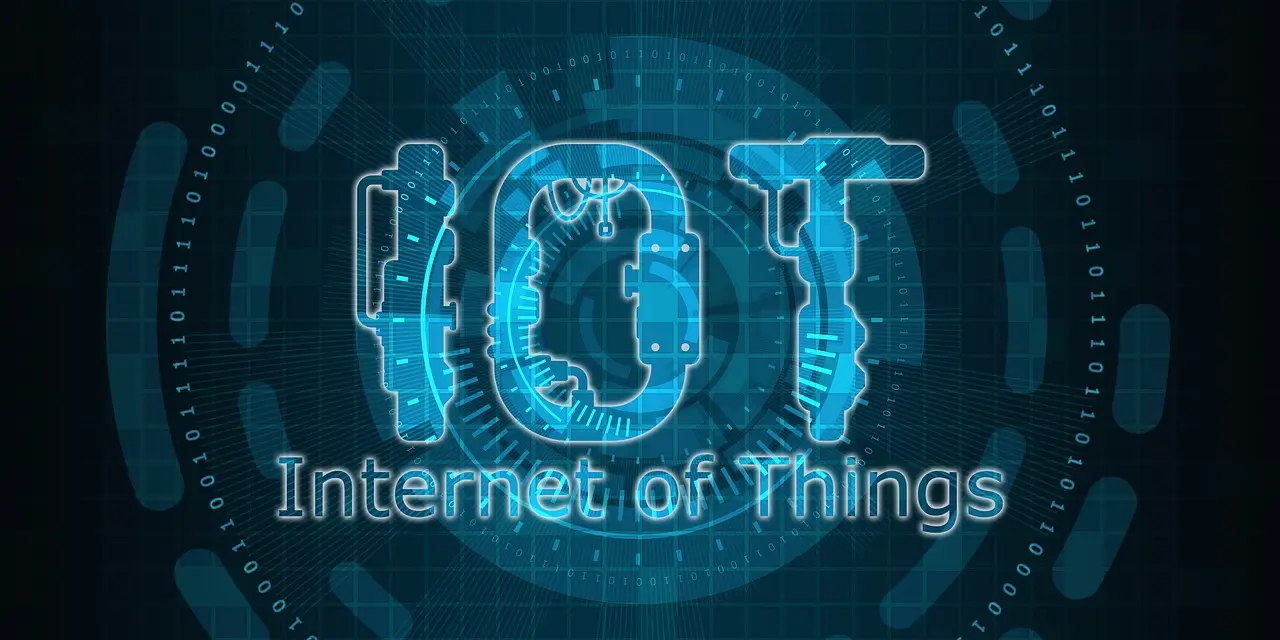Imagine a world where your smart devices—whether they’re tracking a shipping container across the ocean, monitoring a remote wind turbine, or keeping tabs on your car’s location—connect seamlessly, no matter where they are. That’s the power of eSIM, and in 2026, it’s becoming a big deal for the Internet of Things (IoT). No longer just a cool feature for smartphones, eSIM is making IoT easier, smarter, and more flexible. Let’s break down why this technology is a game-changer, what’s new this year, where it’s making a difference, and what you need to know to jump on board.
1. Why eSIM Is a Big Deal for IoT
eSIM, short for embedded SIM, is like a tiny, built-in chip that replaces the old-school plastic SIM cards we used to swap in and out. It’s changing how IoT devices connect to the internet in some pretty awesome ways. Here’s why it’s so exciting:
a) No More SIM Swapping Hassles
With traditional SIM cards, you had to physically insert them, replace them if they broke, or deal with different SIMs for different countries. That’s a logistical nightmare for IoT devices like smart meters or trackers that might be scattered across the globe. eSIM fixes this by letting you activate or update connectivity over the air (OTA).
- Ship a device with a “blank” eSIM and activate it later based on where it’s used.
- Switch carriers or update plans remotely—no need to send someone to swap a SIM.
- Save money and time by cutting out physical replacements and complicated logistics.
b) One Device, Many Networks
eSIMs can connect to multiple networks, so you don’t need different devices for the US, Europe, or Asia. A single eSIM can hop between carriers or roam across borders, which is perfect for things like trucks, shipping containers, or industrial sensors that move around or are deployed worldwide.
c) Tougher Security
Since eSIMs are built into the device, they’re harder to tamper with. They also support secure connections to the cloud, private networks, and global standards, which is critical for sensitive IoT devices like medical wearables or smart grid equipment. Plus, they’re reliable in tough environments where sending someone to fix a device isn’t an option.
d) Simpler Manufacturing
With eSIM, manufacturers don’t need to stock piles of region-specific SIM cards or deal with inserting them during production. Just embed the eSIM during manufacturing, and you’re good to go anywhere. As one expert put it, “Build it once, deploy it everywhere.”
e) Ready for the Future
eSIM is paving the way for even cooler tech, like iSIM (a super-tiny SIM built into the device’s chip), low-power networks for IoT, and even satellite connectivity for devices in remote areas. It’s setting the stage for the next wave of IoT innovation.
In short, eSIM makes IoT easier to deploy, more secure, and ready to scale globally.
2. What’s New in 2026?
eSIM has been around for a while, but 2026 is when it’s really taking off for IoT. Here’s what’s driving the excitement:
- New Standards: The GSMA (a global mobile industry group) has rolled out simpler rules (SGP.31 and SGP.32) for managing eSIMs, making it easier to set up and update devices remotely.
- Huge Growth: Experts predict that by 2030, around 2.2 billion IoT devices will use eSIM or iSIM. That’s a lot of connected gadgets!
- Big Partnerships: Companies like Tata Communications and Cisco are teaming up to integrate eSIM into global IoT solutions, from factory equipment to connected cars.
- Connectivity as a Feature: Businesses are starting to see connectivity as a core part of their products, not just an add-on. eSIM makes it easy to manage that connectivity like a service.
- eSIM Everywhere: More device makers are embedding eSIMs as standard, so setting up IoT devices is faster and less of a headache.
This year, eSIM is moving from “cool idea” to “must-have” for IoT.
3. Where eSIM Is Making a Difference
eSIM is already transforming a bunch of IoT industries. Here are some examples:
- Connected Cars and Fleets: Cars and trucks need to stay connected for navigation, tracking, or software updates, even when crossing borders. eSIM makes it easy to manage connectivity globally.
- Smart Meters and Utilities: Power or water meters in remote areas need reliable, long-term connectivity. eSIM lets you manage them remotely and switch networks if needed.
- Asset Tracking and Shipping: From cargo containers to delivery drones, eSIM keeps devices connected across countries without swapping SIMs.
- Industrial Sensors: In tough environments like mines or farms, eSIMs reduce maintenance costs by allowing remote updates and reliable connections.
- Healthcare Devices: Wearables or remote monitors need secure, dependable connectivity. eSIM ensures they stay online and safe.
- Hybrid Networks: Some eSIMs now support cellular, satellite, or low-power networks, so devices can stay connected even in super-remote areas.
4. How to Make eSIM Work for You in 2026
Ready to use eSIM for your IoT project? Here are some practical tips to get it right:
Choose the Right Hardware
- Pick IoT modules that support eSIM (look for “eUICC” or MFF2 form factors).
- Think ahead: if your device will last years, consider iSIM for smaller size and lower power.
- Make sure the module works with the network bands in the countries you’re targeting.
Plan Your Connectivity
- Partner with a provider offering global coverage and multiple carriers.
- Decide if you’ll load eSIM profiles in the factory or later in the field (new standards like SGP.32 make factory setup easier).
- Check roaming rules—some countries limit long-term roaming, so you may need to switch to local carriers.
Manage the Device Lifecycle
- Use an eSIM management platform to remotely update, monitor, or pause connectivity.
- Plan for changes like network shutdowns (e.g., 2G/3G phasing out) or carrier mergers.
- Prioritize security with encrypted updates and private network connections.
Watch the Costs
- eSIMs save on logistics but may have upfront costs for modules, profile fees, or management platforms.
- Look for flexible data plans (like pay-as-you-go or shared data pools) to save money.
- Coordinate with your eSIM provider to streamline manufacturing and setup.
Stay Compliant
- Follow local telecom rules, especially in places like India, where regulations can be strict.
- Ensure your eSIM meets global security standards (like GSMA’s) to avoid issues.
5. What’s Next for eSIM in IoT?
Here are some trends to keep an eye on as eSIM evolves:
- iSIM Takes Over: iSIM, built directly into a device’s chip, will make IoT devices smaller, cheaper, and more power-efficient.
- Factory Setup Gets Easier: Loading eSIM profiles during manufacturing (in-factory provisioning) will simplify large-scale deployments.
- Hybrid Connections: eSIMs will support cellular, satellite, and low-power networks for truly global coverage.
- Smarter Carrier Switching: Devices might automatically switch to the cheapest or strongest network based on location.
- Tiny Devices: New standards will bring eSIM to smaller, low-power devices like sensors and wearables.
- Better Management Tools: Expect more platforms to help you track and manage your IoT devices’ connectivity in one place.
6. Tips for IoT Builders in 2026
If you’re working on IoT devices or managing connectivity, here’s how to make the most of eSIM:
- Build eSIM into your devices, especially for global or cross-border projects.
- Choose a connectivity partner with global reach and remote management tools.
- Plan for flexibility—make sure you can update plans, switch carriers, or monitor devices remotely.
- Treat connectivity as part of your product design, not an afterthought.
- Factor in cost savings (fewer SIMs, less maintenance) but budget for management and module costs.
- In places like India, double-check local telecom rules and carrier support for eSIM.
- Stay updated on GSMA standards to keep your setup future-proof.
7. Wrapping It Up
In 2026, eSIM isn’t just a fancy option—it’s becoming the backbone of IoT connectivity. Whether you’re tracking a fleet of trucks, monitoring remote sensors, or building smart medical devices, eSIM makes it easier to connect, manage, and scale your devices anywhere in the world. By embedding eSIM and working with the right partners, you can cut costs, simplify operations, and unlock new possibilities for your IoT projects.
This tiny chip is paving the way for a smarter, more connected future—one where your devices stay online, secure, and ready for anything, no matter where they are. So, if you’re building for IoT, now’s the time to embrace eSIM and ride the wave of this connectivity revolution!




